PV: Could you tell us what solutions Ninh Binh has implemented to build and develop the rural transport system associated with new rural construction?
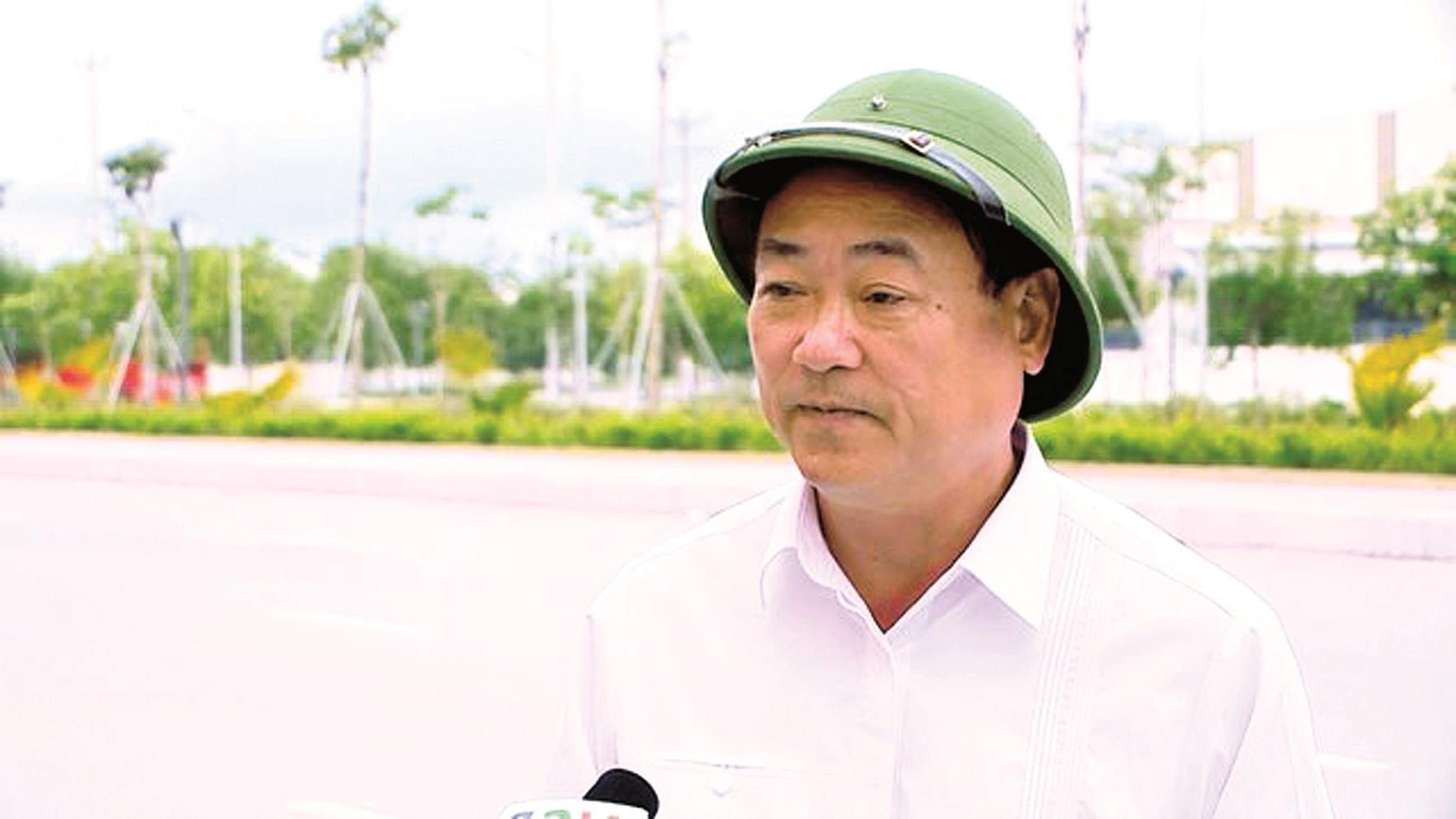
Mr. Le Trong Thanh: The criteria for implementing planning and developing rural transport is one of the important criteria of the National Criteria for New Rural Areas and is prioritized for investment resources. Implementing the direction of the Prime Minister in the movement "The whole country joins hands to build new rural areas"; on the basis of the contents of the Strategy for developing rural transport in Vietnam from 2010 - 2020, with a vision to 2030; The Provincial Party Committee, People's Council, and People's Committee of Ninh Binh province have issued Resolutions and Plans, including the task of continuing to develop the rural transport network, ensuring convenience for circulation, promoting trade of goods, developing production, and increasing income for people.
Thanks to good propaganda work, Ninh Binh has mobilized the support of people, businesses, organizations and individuals in donating land, moving constructions, contributing cash, construction materials and working days. The emulation movement to develop rural transport in the province continues to be maintained, developed and achieved encouraging results.
Notably, implementing criterion No. 2 on traffic, the Department of Transport has coordinated with all levels and sectors to review and synthesize the current status of the rural transport system in the province; advise the Provincial People's Committee on policies and specific measures for rural transport construction. From there, identify damaged and degraded roads, combined with the new rural construction projects of localities, to focus on directing priority investment in upgrading and renovation.
Ninh Binh strives to complete the task of building new rural areas by 2024; by 2025, 25% of districts will meet advanced and model new rural standards; 50% of communes will meet advanced new rural standards; 20% of communes will meet model new rural standards.
With the participation of all levels and sectors, compared to 2010, up to now, the whole Ninh Binh province has renovated and upgraded 16,904 roads with a total length of more than 2,138.7km using 269,276 tons of cement supported by the province.
PV: How do you evaluate the economic efficiency, specifically the benefits that the GTNT system brings to rural areas in particular and Ninh Binh province in general?
Mr. Le Trong Thanh: In general, over the past years, agricultural production, farmers' lives as well as rural transport infrastructure in Ninh Binh have fundamentally changed. Up to now, the whole province has 119/119 communes (100% of the total number of communes) with car roads to the commune center. That has contributed to changing the lives of rural people.
Actual surveys show that communes that have met the NTM standards all have good quality asphalt or concrete roads to the commune center and roads from the commune center to the villages; the main roads in the fields and alleys are hardened and not muddy during the rainy season. It is affirmed that the rural traffic system has become an important driving force for economic and social development, fundamentally changing the face of the countryside; production conditions are more favorable, farmers' products are better traded and consumed, productivity and production quality are both significantly improved.
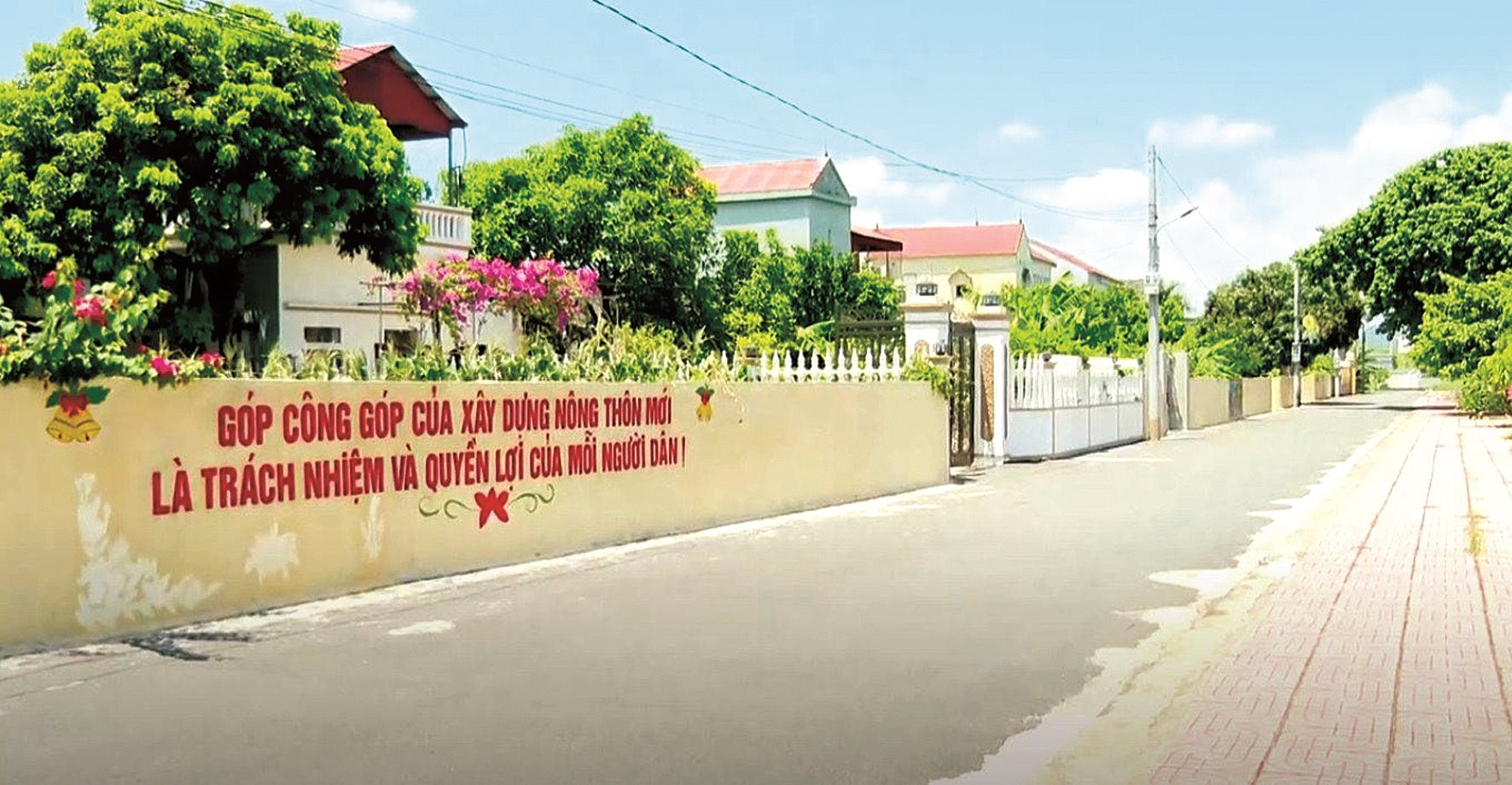
PV: Capital is considered one of the major difficulties in the process of building rural transport, so how has Ninh Binh province overcome this difficulty, sir?
Mr. Le Trong Thanh: The construction of infrastructure in general and rural roads in particular requires a lot of capital, while the investment capital from the budget is still very low, the contribution of the people is limited, the participation of enterprises is still cautious and credit institutions are still limited. Realizing that, in recent years, the Department of Transport has coordinated with departments and branches to combine maintenance capital with state budget capital to invest in the construction of commune-level roads requiring large capital, contributing to the completion of criterion No. 2 on transportation. Typical examples include: Gia Tien commune-level road, Gia Trung commune-level road, Gia Vien district; Kim Chinh commune-level road, Chinh Tam commune, Xuan Thien commune, Luu Phuong - Con Thoi inter-commune road, Kim Son district.
Investment resources for rural transport are quite diverse, mobilized from the central budget, local budget; capital from the World Bank (WB); capital mobilized from enterprises, credit and the community. Investment capital sources for rural transport over the past 10 years are estimated at over 3,500 billion VND; of which the state budget is 2,718 billion (accounting for 77%), people's contributed capital is 496 billion (accounting for 14%), capital mobilized from the community and enterprises is 404 billion (accounting for 9%).
Up to now, Ninh Binh has had 8/8 districts and cities recognized as meeting NTM standards; 119/119 communes recognized as meeting NTM standards, of which 33 communes meet advanced NTM standards, 14 communes meet model NTM standards.
It is easy to see that in the process of building rural roads, communes have proactively chosen easy routes and routes with high population density to build first and mobilized large resources from the people. Therefore, currently, the routes under construction are routes far from residential areas, stretching between residential areas, but mobilizing people's contributions for construction is facing many difficulties. In particular, there are routes that, if built, must mobilize up to several million VND/household if additional resources cannot be mobilized from other sources, making it very difficult to implement.
PV: To continue to improve the rural transport infrastructure and create momentum for economic development, what is the province's key plan for the coming time, sir?
Mr. Le Trong Thanh: In the coming time, the focus is the period from now to 2030, Ninh Binh Transport sector will focus on mobilizing all resources from people's contributions, from the provincial budget, district and commune budgets; taking advantage of the Central Government's support for investment and development, support for communes to build new rural areas from the Central Government, the province, capital from foreign organizations such as the World Bank, the French Development Agency (AFD) and other legal capital sources to continue to complete rural transport infrastructure.
At the same time, do a good job of planning and planning management, regular maintenance and repair of existing roads and roads after upgrading and renovation; protect and effectively use the rural transport system.
In addition, continue to propagate and mobilize people to actively participate in the emulation movement "The whole country joins hands to build new rural areas" to further change awareness about the content and benefits of developing the rural traffic system; educate and mobilize people to comply with the Road Traffic Law, build a traffic culture close to rural culture and urban culture.
PV: Thank you very much!
Source






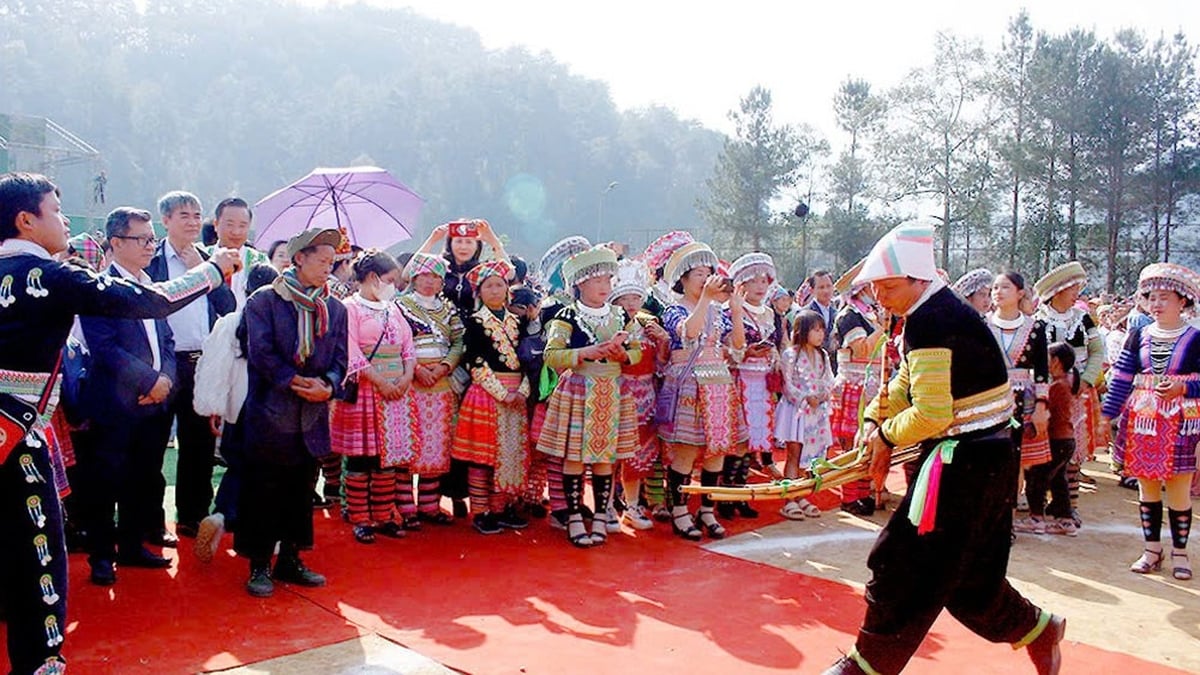



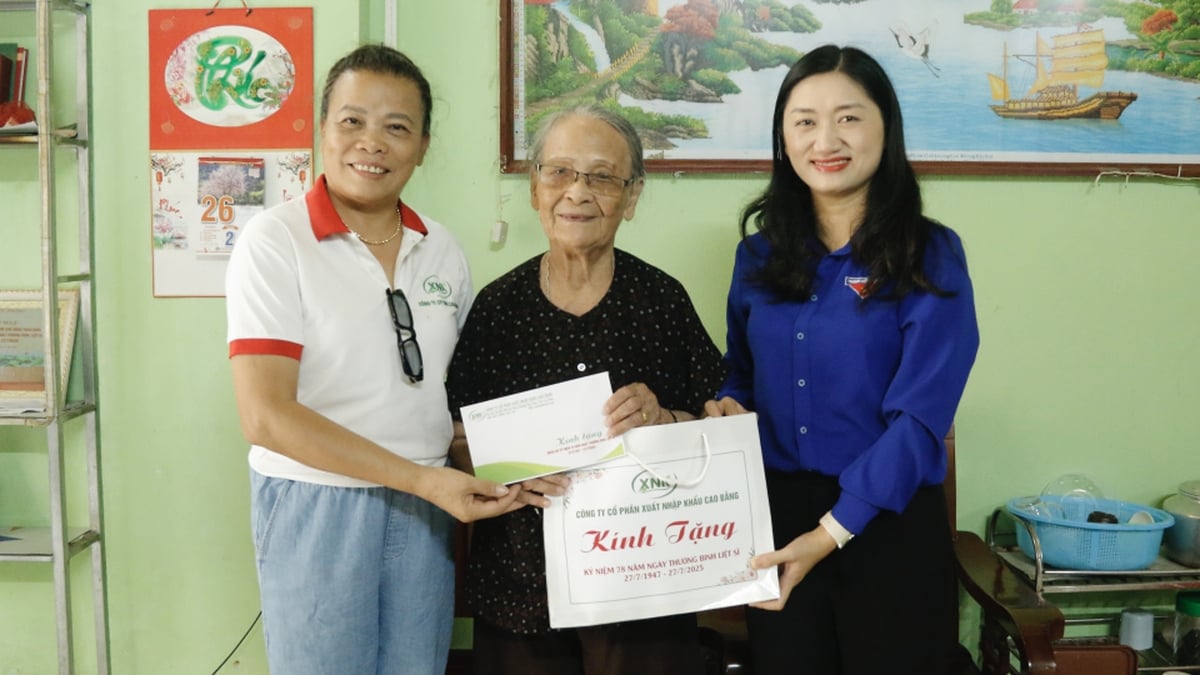











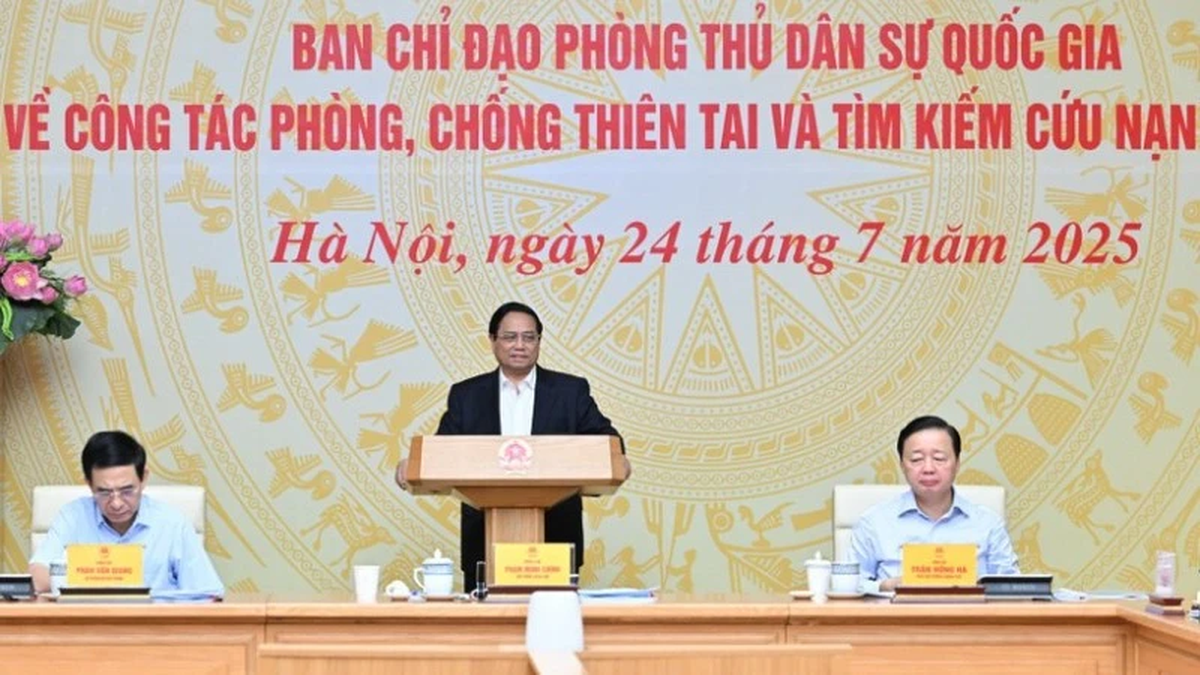

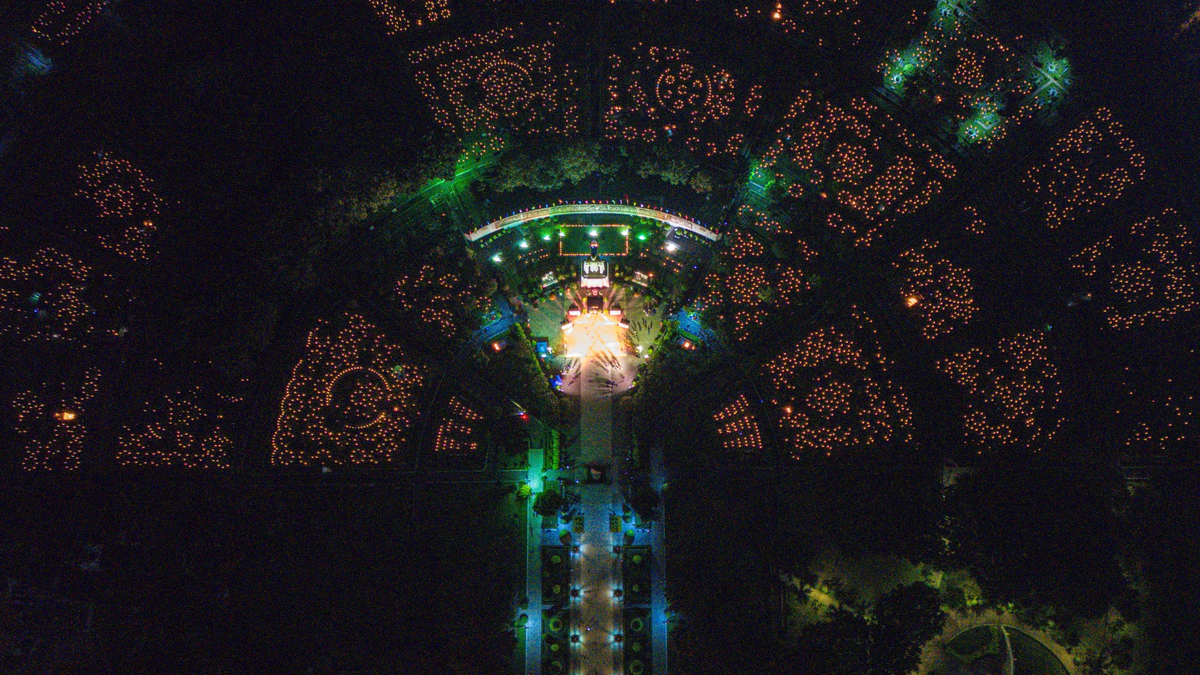




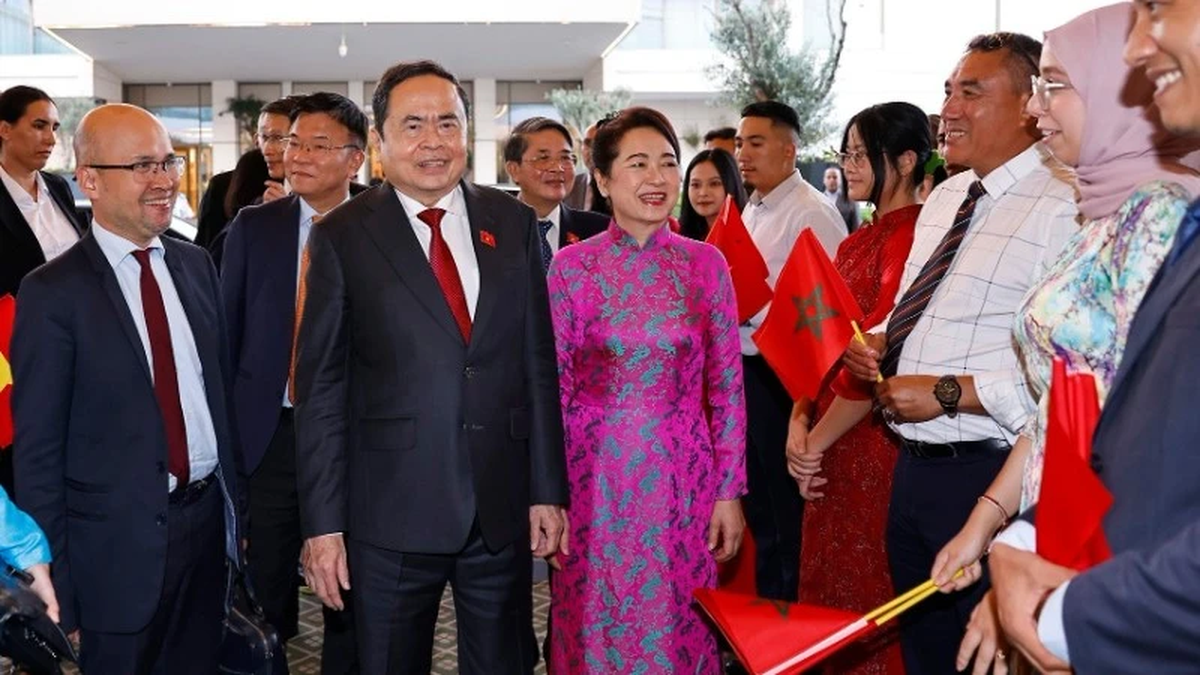
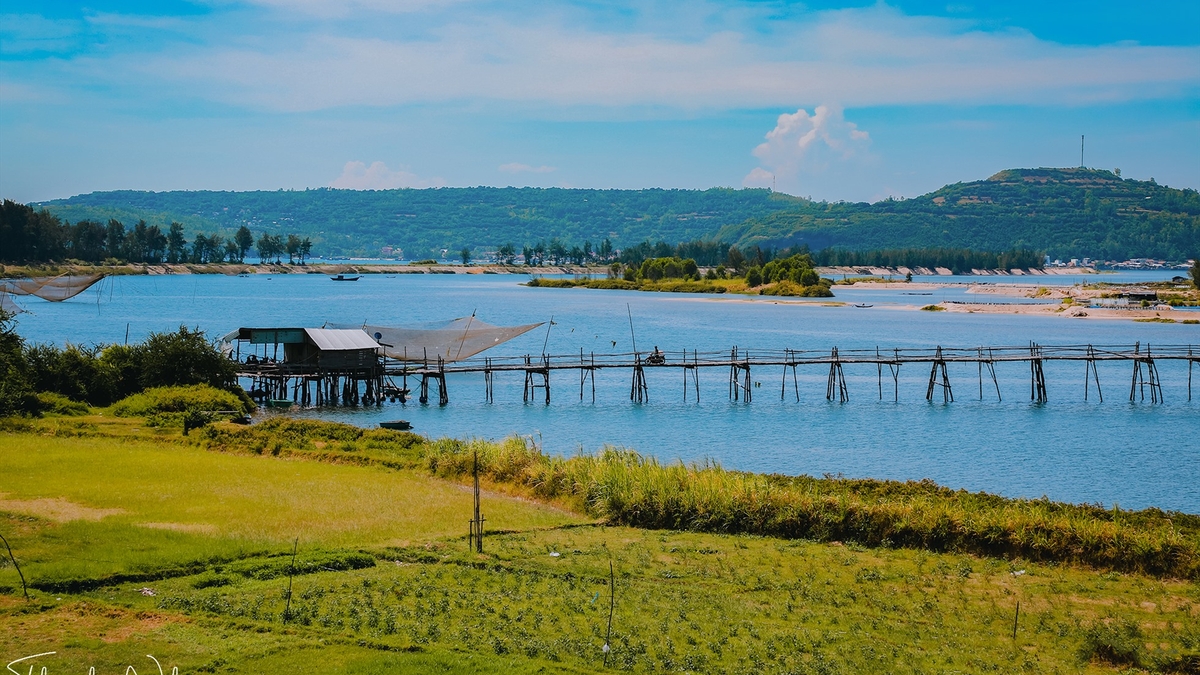







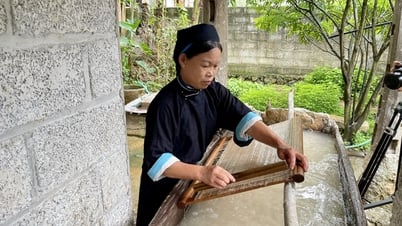





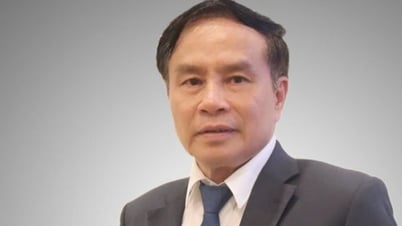

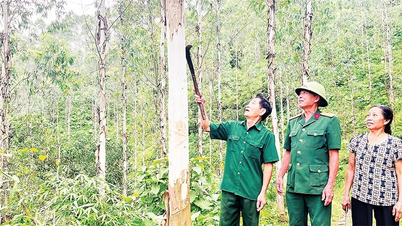

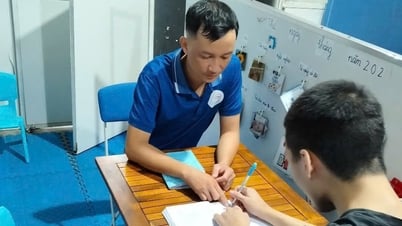





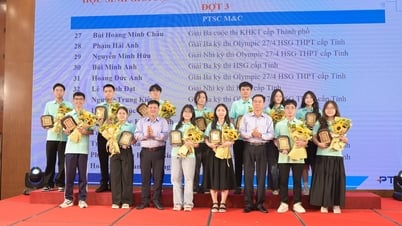




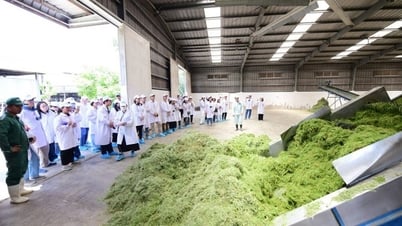


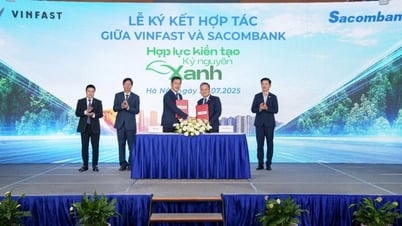





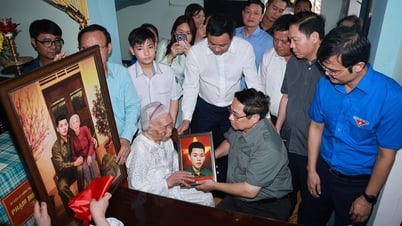
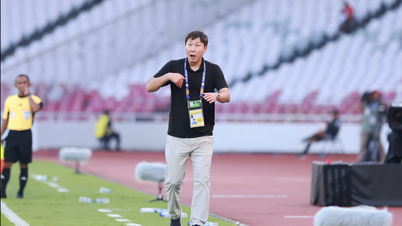


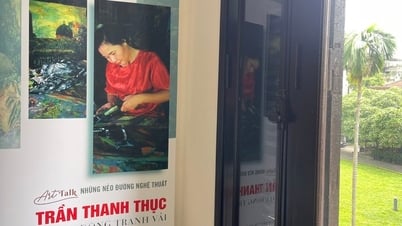


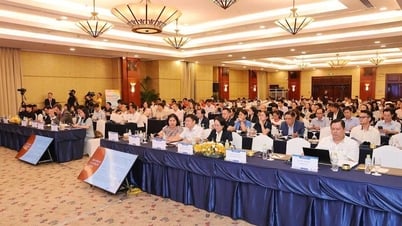




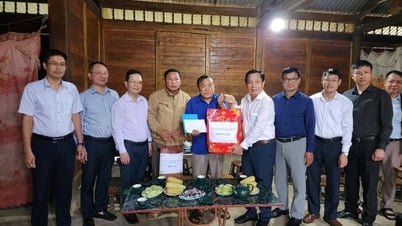

















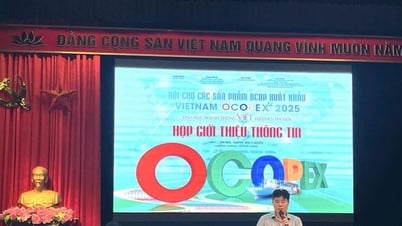




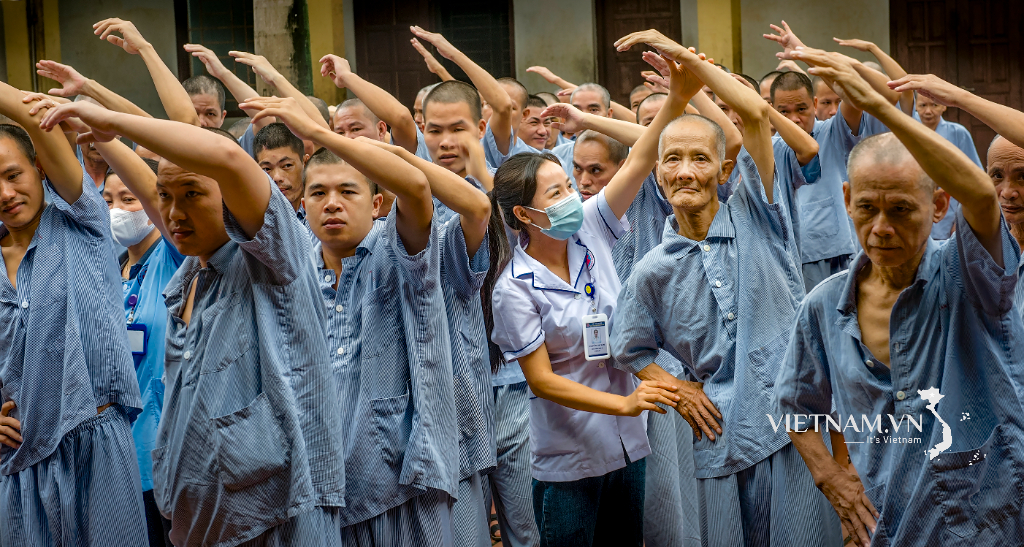

Comment (0)